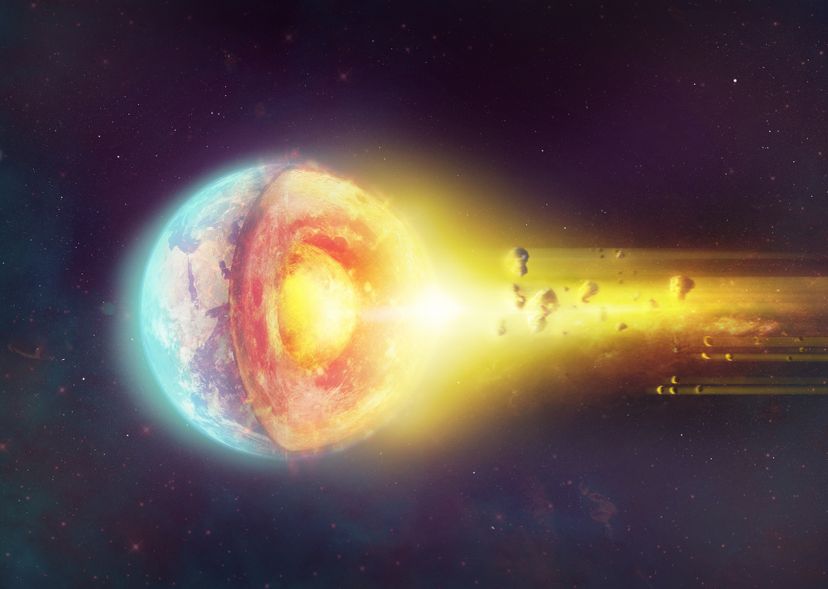Our planet consists of several layers, each playing a vital role in Earth’s overall structure and function. From the core, nestled deep within Earth’s center, to the mantle and the crust that forms the surface we live on, understanding these layers provides valuable information about the geological processes that have shaped our planet. As research into Earth’s layers reveals more about their composition and behavior, our knowledge of Earth’s history and future continues to grow.
The core is composed primarily of iron alloyed with nickel and is the hottest layer of the Earth.
Core Components
The core, Earth’s innermost layer, is divided into two components: the outer and inner core. The solid inner core, predominantly composed of iron alloyed with nickel, has an estimated temperature of 5,700 K (5,400 °C, 9,800 °F). The outer core, on the other hand, is a low-viscosity fluid with temperatures between 5,000 K and 7,000 K (4,700–6,700 °C; 8,500–12,100 °F). This temperature difference and the motion of the liquid outer core are crucial for generating Earth’s magnetic field, which protects us from harmful cosmic radiation.
The core of the Earth has the following characteristics:
- The inner core has a radius of 1,220 km.
- The outer core extends to a radius of 3,400 km.
- The density of the outer core is much greater than that of the mantle or crust, ranging between 9,900 and 12,200 kg/m3.
- The pressure in the inner core is over 3 million times greater than on Earth’s surface, making it an incredibly extreme environment.
Mantle Dynamics
The mantle, a thick layer extending to a depth of 2,890 km, is composed of solid silicates and can be divided into the upper and lower mantle, with a transition zone in between. The upper mantle has a relatively high temperature range. It is estimated to be between 500 °C and 900 °C (932 - 1,652 °F). The lower mantle experiences extreme pressure, ranging from 237,000 atmospheres to 1.3 million atmospheres towards the outer core.
Mantle convection, the process of hot material rising towards the surface and cooler material descending deeper, plays a significant role in the movement of tectonic plates in the crust. This movement is responsible for various geological processes such as earthquakes, volcanic eruptions, and the formation of mountain chains. In turn, diamonds, which are forged within the mantle, are transported to the surface by magma churned up from the depths due to tectonic processes.
Crustal Characteristics
The Earth’s crust, forming the outermost layer of our planet, is divided into continental and oceanic crust. Continental crust is less dense and composed of different types of granite, while oceanic crust consists mainly of dense basalt rocks. The average thickness of the Earth’s crust is approximately 40 km.
Tectonic plates, large sections of the upper mantle and crust, are responsible for many geological processes, including earthquakes and volcanic eruptions. The movement of these plates is driven by mantle convection currents, which are caused by the movement of magma in the mantle. This constant shift and interaction of tectonic plates have shaped Earth’s surface over millions of years.
